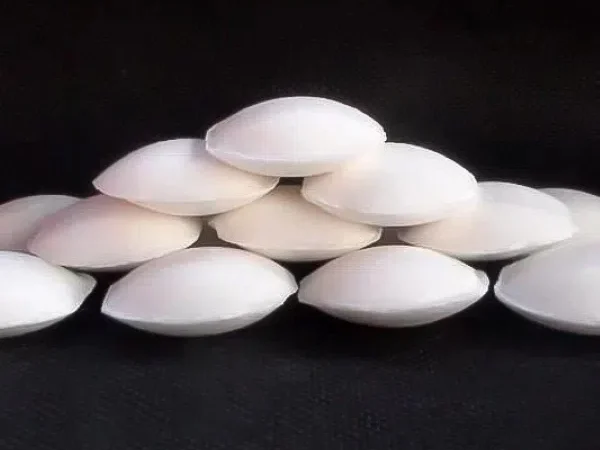
In the gold extraction industry, sodium cyanide - based leaching is a widely adopted method. However, multiple factors can significantly influence the efficiency of gold leaching. Gaining a thorough understanding of these factors is essential for optimizing cyanidation processes, maximizing gold recovery rates, and minimizing operational costs.
1. Cyanide and Oxygen Concentrations
The rate at which gold dissolves is closely tied to the diffusion rate of O₂. On the surface of gold particles, a specific ratio of CN⁻ and O₂⁻ is necessary for the dissolution reaction to occur. Under fixed pressure and temperature conditions, the solubility of oxygen in water remains constant. In practical applications, maintaining a lower concentration of free CN⁻ not only facilitates the dissolution of gold and silver but also reduces the dissolution rate and quantity of non - precious metals. As a result, reagent consumption is decreased.
2. Temperature
Research indicates that the gold dissolution rate peaks at 80°C. Nevertheless, as the temperature rises, the solubility of the protective base and oxygen in the solution declines. Additionally, elevated temperatures accelerate the hydrolysis of cyanide. In actual operations, a temperature range of 15 - 20°C is considered the most appropriate, balancing the competing effects of dissolution rate and reagent stability.
3. Size and Shape of Gold Particles
For gold particles larger than 70µm, cyanidation may not be the most effective approach. Gravity separation and amalgamation methods are often more suitable. Coarse - grained gold dissolves slowly during cyanidation, which can lead to incomplete leaching and subsequent losses in cyanide residues. In a closed - circuit grinding system, coarse - grained gold has a tendency to accumulate in circulating materials and embed in the linings and media of grinding machines. Adding cyanide directly to the grinding mill can enhance the leaching of coarse - grained gold. For fine - grained gold particles ranging from 1 to 70µm, cyanidation is an effective treatment method. The finer the grinding fineness, the more fully the gold particles are exposed, leading to a higher leaching rate. When determining the grinding fineness, it is necessary to consider multiple factors, including the actual gold leaching effect, grinding costs, reagent consumption, and washing and filtration requirements.
4. Slurry Viscosity
Slurry viscosity has a direct impact on the diffusion rates of CN⁻ and O₂⁻. It is determined by various factors, such as temperature, slurry concentration, and clay content. Higher slurry viscosity can impede the diffusion of reactants, thereby reducing the leaching efficiency.
5. Leaching Time
Generally, extending the leaching time increases the gold leaching rate. However, the leaching speed gradually decreases over time. Therefore, an optimal leaching time needs to be determined to balance the trade - off between leaching rate and processing time.
6. Impurity Ions
6.1 Accelerating Effect
Appropriate amounts of Pb, Hg, Bi, and Ta can promote the dissolution and diffusion of gold.
6.2 Inhibiting Effects
Oxygen Consumption: Minerals like pyrrhotite, arsenopyrite, and bismuthinite decompose in alkaline cyanide solutions, consuming a significant amount of dissolved oxygen. This reduces the availability of oxygen for the gold dissolution reaction.
Complex Formation: The dissolution of metal minerals in the cyanide solution leads to the formation of thiocyanates and complexes with CN⁻. These reactions consume cyanide ions and reduce the effectiveness of the leaching process.
Film Formation: Films can form on the surface of metals. Examples include sulfides, calcium peroxide, insoluble Pb(CN)₂, and flotation reagents. These films act as barriers, hindering the contact between gold particles and the cyanide solution, thus impeding the leaching process.
By carefully considering and effectively controlling these factors, the gold leaching process using sodium cyanide can be optimized. This optimization can lead to substantial improvements in overall extraction efficiency and economic benefits.
- Random article
- Popular articles
- Popular comments
- Tin ore gravity+flotation process
- Combined Process for Manganese Ore Magnetic Separation and Flotation
- Polymetallic Molybdenum Ore Processing: Magnetic Separation and Flotation
- Rutile Electric Separation, Magnetic Separation, and Gravity Selection Process
- Barite Gravity Separation Process Explained in Detail
- Barite Fluorite Ore Flotation Process for Efficient Separation
- Effective Pyrite Gravity Processing Techniques




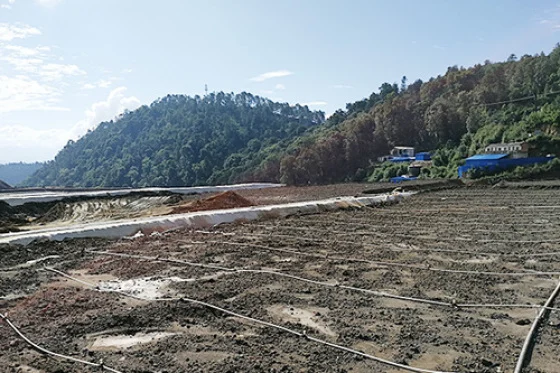


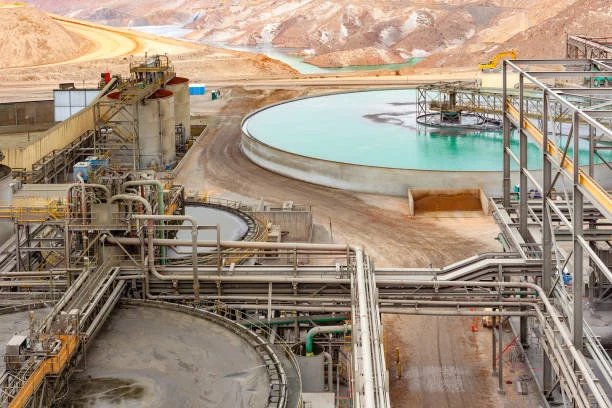

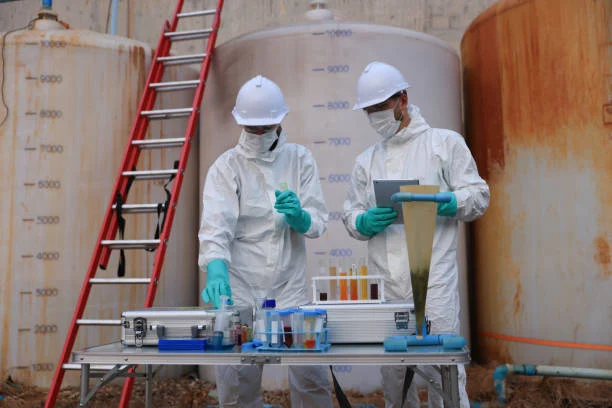


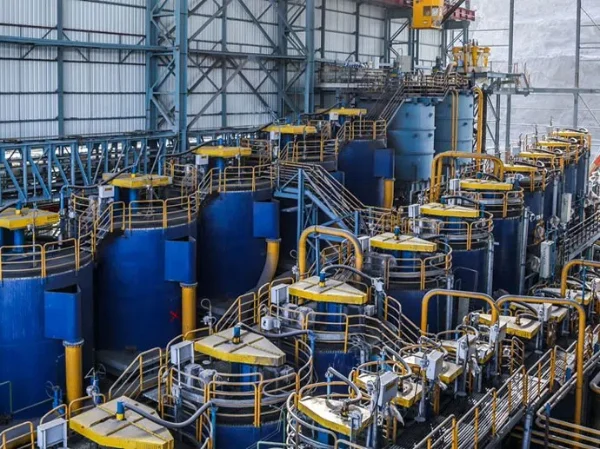
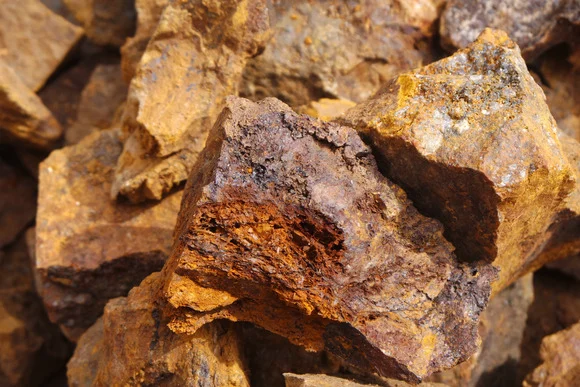

Leave a message with your needs or comments
Add comment: